Frame Rate vs Shutter Speed: Key Differences and Video Impact Explained
Video-making is an exciting field where skills from various fields come together to create the magic of storytelling. Creativity and storytelling skills go a long way in producing high-quality content. However, technical skills also play a huge role that often goes underappreciated and unseen. Nevertheless, their impact on the outcome is indisputable. If you recently started your video-making journey, you're probably wondering: which is more important when it comes to frame rate vs shutter speed? Making matters more complicated, they are closely related, and amateurs often use them synonymously. We've created this in-depth guide to demystify the two terms and help you understand how to utilize both effectively to produce high-quality videos.
Part 1: What is Frame Rate?
A video is essentially a sequence of individual frames. Each frame is like a self-contained image. When these frames are played one after the other in quick succession, you experience the sense of motion, which is the video.
The frame rate refers to the number of such frames being captured or played per second. For instance, a 30fps video is playing 30 frames per second. In general, the more FPS a camera captures, the smoother the video comes out, since the transition between each frame is smooth.
A low frame rate video typically feels jerky or choppy. In extreme cases, when the frame rate is very low, the video may miss quite a lot of action between consecutive frames.
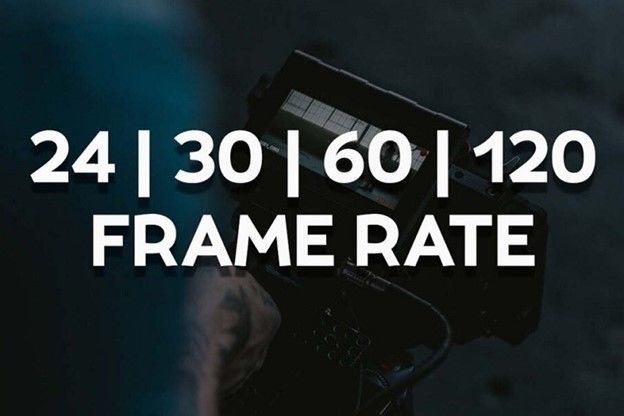
Part 2: What is Shutter Speed?
Shutter speed refers to the duration of time for which each individual frame is exposed. Shutter speed determines how many individually distinct frames can be captured per second of a video. For instance, the meaning of shutter speed of 1/4s is that each frame is exposed for 0.25 seconds. Therefore, there can only be 4 frames per second of the video. If your frame rate is more than 4fps in this case, it will cause severe blurring, and you may miss a significant amount of action.
In photography and videography, high exposure results in capturing more light from a scene, which is great for still photography involving stationary elements. However, for videos, low exposure or high shutter speed is generally preferable because it captures the sharpest frames.

However, extremely high shutter speeds are undesirable because the human eye expects to see some blur when there's motion. If there's no blur, it feels unrealistic. So, filmmakers strike a balance to give viewers the right blurring effect.
Part 3: What's the Relation Between Frame Rate and Shutter Speed
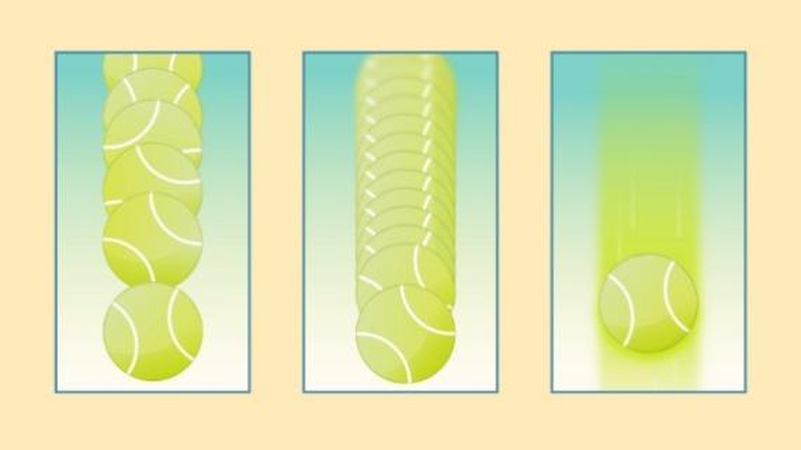
Since the concepts of frame rate and shutter speed in videography are so related to each other, amateur video-makers often conflate the two terms. They will set a shutter speed of 1/50s on their cameras, believing they're capturing 50fps videos, which is not the case. Their actual frame rate could be lower, the same, or much higher than the shutter speed, and accordingly, the video could be blurry, choppy, or jerky.
In theory, the frame rate should always be equal to or lower than the denominator in the shutter speed. For instance, if 1/50s is the shutter speed in videography, the frame rate should be 50fps or lower.
However, in practice, the framerate is usually half as much as the shutter speed denominator. For instance, the best shutter speed for a video of 24fps is usually 1/48s. Likewise, a 30fps footage is shot on a 1/60s shutter speed.
Part 4: Standard Frame Rate and Shutter Speed Values
The choice of frame rate and shutter speed in videography has been almost reduced to an exact science by decades of filmmaking experimentation and research. Today, video-makers religiously stick to standardized values for making different types of videos in different regions. Here are some of the standard values for frame rates and shutter speeds in different contexts:
| Framerate (fps) | Shutter Speed (180° rule) | Context |
|---|---|---|
| 24 fps | 1/48 sec (commonly 1/50) | Standard cinema, most films all over the world |
| 25 fps | 1/50 sec | PAL regions (Europe, Australia) |
| 30 fps | 1/60 sec | Broadcast TV, online video |
| 48 fps | 1/96 sec | High fps cinema (e.g., The Hobbit) |
| 50 fps | 1/100 sec | PAL slow motion or high-quality motion |
| 60 fps | 1/120 sec | Action scenes, sports, YouTube |
| 120 fps | 1/240 sec | Slow motion playback |
| 240 fps | 1/480 sec | Ultra slow-motion |
Part 5: Custom Frame Rate and Shutter Speed Values
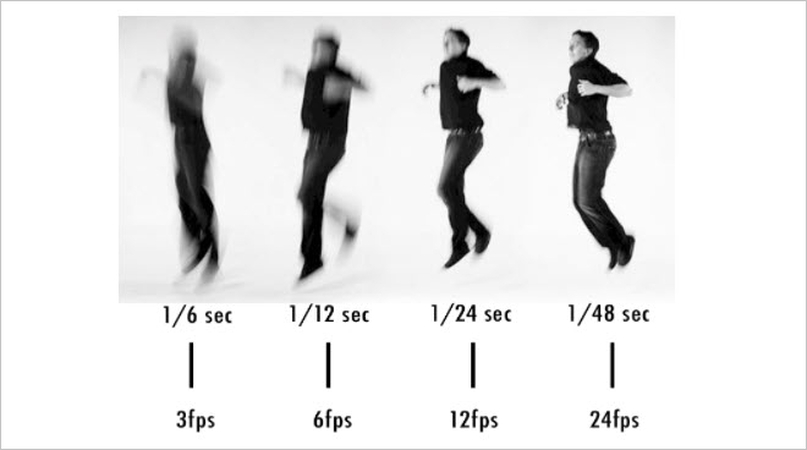
While it's true that filmmakers largely stick to the standard values discussed above for shooting video footage, it's not a hard and fast rule. Some directors deliberately choose custom values to achieve a specific visual impact.
The most popular choice is to maintain the shutter speed at the same rate as the frame rate. For instance, a 24fps video shot with a 1/24s shutter speed produces shots that are fluid and blurry at the same time. It produces a dreamy effect that's desired for dreamy and flashback sequences.
Another popular choice is 1/250s shutter speed at 24fps for action-packed content. When the director tries to place the audience smack in the middle of intense action, which they typically do with a shaky camera effect, this frame rate-shutter speed combo comes in handy. It produces a jittery effect that augments the shaky cam effect in war movies.
Bonus: Increase Frame Rate of Your Videos with HitPaw VikPea
If you have old videos with low frame rate or even recent footage that you'd like to sharpen into crisp, immersive content, HitPaw VikPea is the perfect choice. Using AI frame interpolation, VikPea adds new frames between existing frames to increase the frame rate to your desired values and create a smoother video playback.
Why Choose HitPaw VikPea to Increase Your Video Frame Rate
- AI Frame Interpolation: Advanced AI creates the most stunning and natural-looking artificial frames.
- Wide Format Support: VikPea can increase frame rate for 30+ video formats, including MOV, MP4, MKV, etc.
- AI Upscaling: VikPea's AI not only boosts your frame rate, but also its resolution to as high as 8K.
- Beginner-friendly: The highly intuitive UI of VikPea makes it easy to use for everyone; even new users.
- Video Repair: If your videos are suffering from jitters, choppiness, or other issues, VikPea fixes it all.
- Advanced Features: From noise removal to video stabilization, VikPea's advanced AI features are essential for creators.
How to Increase the Frame Rate of Your Videos with HitPaw VikPea
- Step 1: Install HitPaw VikPea on your desktop. Launch the app and click 'Choose File' to locate and open your video, or simply drag the video into the app.

- Step 2: From the list of AI models on the right side, select the one called 'Frame Interpolation Model'.

- Step 3: Watch a side-by-side preview of your original and improved video. When you're satisfied with it, click 'Export' to save the file.

FAQs on Frame Rate vs Shutter Speed
Q1. Which is more important between Frame Rate and Shutter Speed?
A1. When it comes to FPS vs. shutter rate, both are crucial for high-quality video production. Frame rate controls how smooth or cinematic your video looks, while shutter speed controls motion blur and brightness.
Q2. Can I change frame rate and shutter speed on my phone?
A2. Most smartphone camera apps allow you to change the frame rate. However, they usually do not have the feature to change shutter speeds. You may need a specialized camera app with advanced features to control the shutter speed effectively.
Conclusion
While creativity drives storytelling, mastering technical elements like frame rate and shutter speed is essential for producing visually compelling videos. If you are debating video shutter speed vs frame rate, you must understand that they work together to define how motion is captured and perceived. If you want a smooth, natural-looking video, it's essential to use the right frame rate and shutter speed in conjunction. And if you want to make your old videos look better, tools like HitPaw VikPea can help. It utilizes AI to add frames, making your videos smoother and sharper. Try VikPea today!








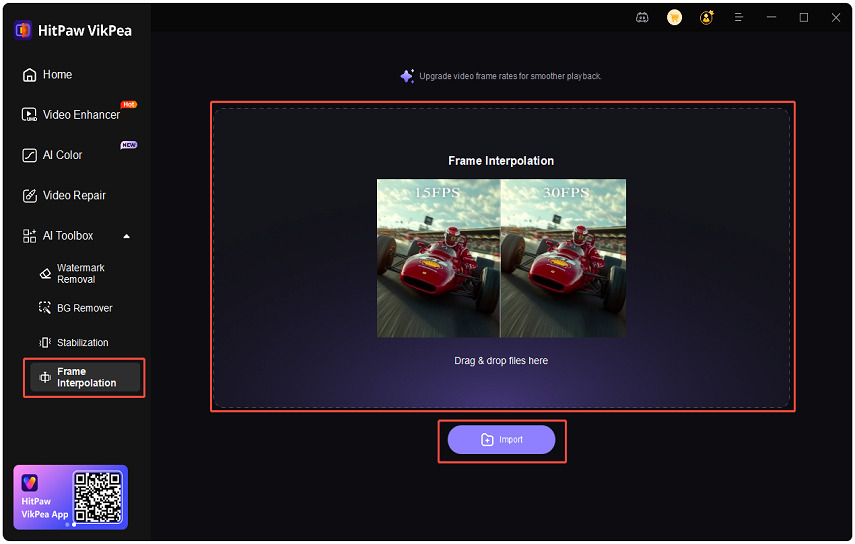
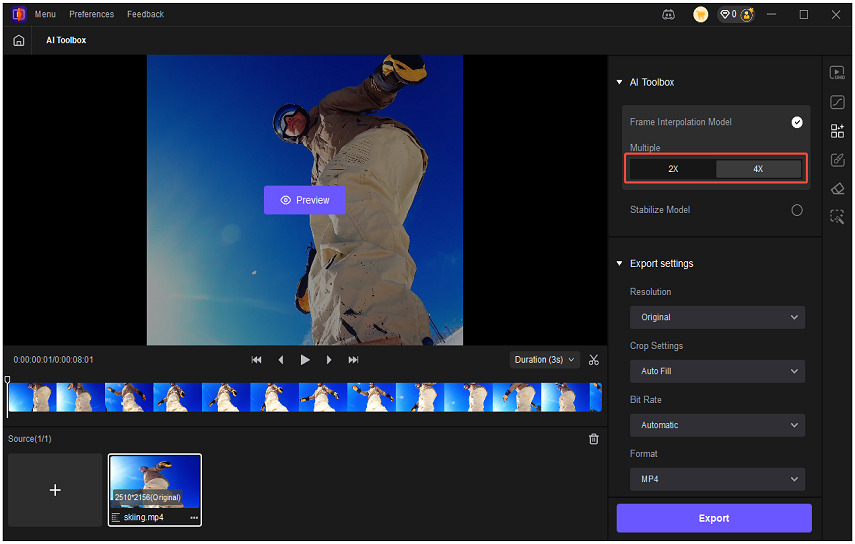
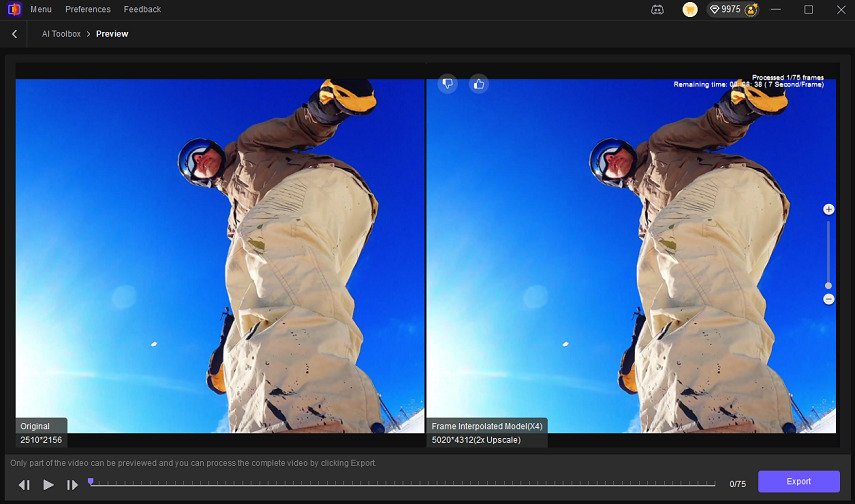

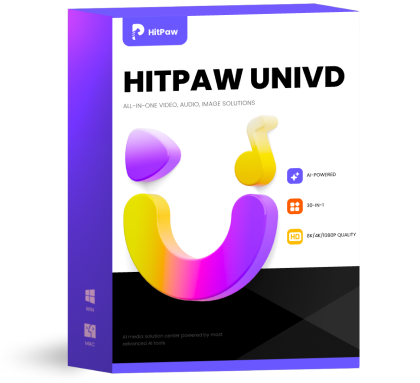 HitPaw Univd (Video Converter)
HitPaw Univd (Video Converter)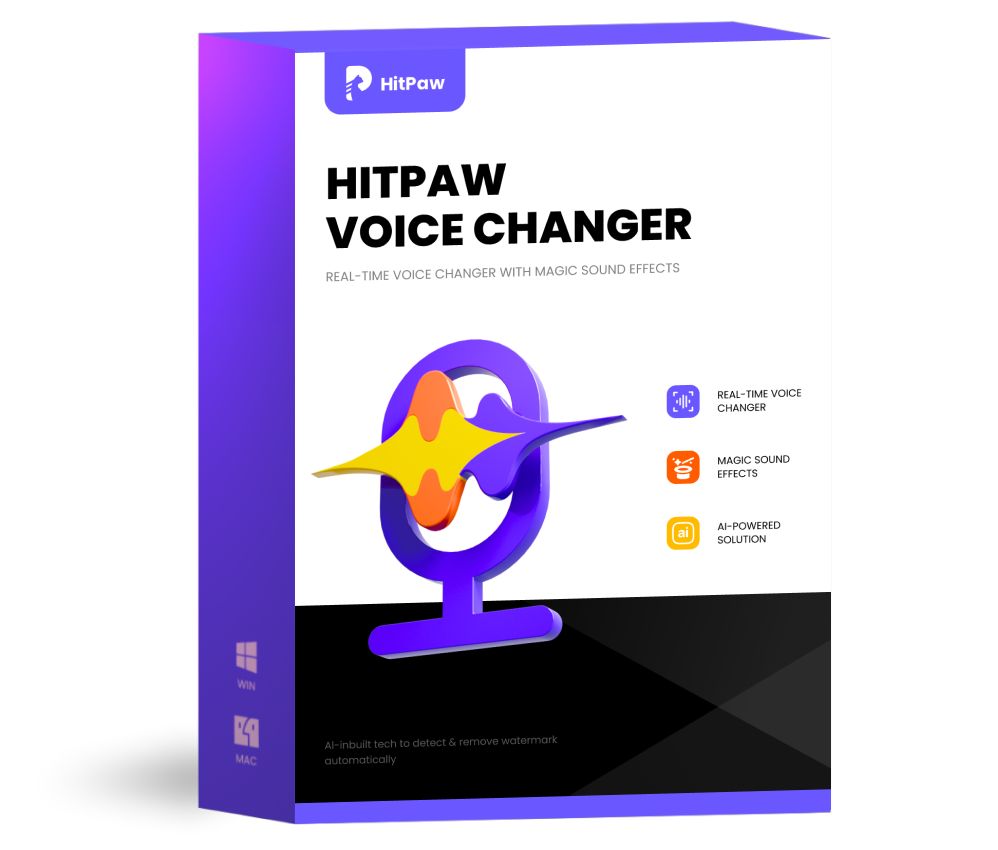 HitPaw VoicePea
HitPaw VoicePea 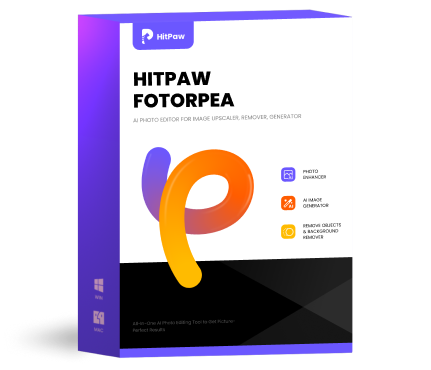 HitPaw FotorPea
HitPaw FotorPea



Share this article:
Select the product rating:
Daniel Walker
Editor-in-Chief
This post was written by Editor Daniel Walker whose passion lies in bridging the gap between cutting-edge technology and everyday creativity. The content he created inspires the audience to embrace digital tools confidently.
View all ArticlesLeave a Comment
Create your review for HitPaw articles